What is Mount Kilimanjaro?Above the clouds in northern Tanzania rises the frozen peak of Mt. Kilimanjaro, it’s slopes and glaciers are trademark of the mountains magnificent beauty. The mountain is located in Mount Kilimanjaro National park, nearby the town of Moshi in the Kilimanjaro region of Tanzania. It is said that to climb up Kilimanjaro is to walk through four seasons in four days. Nowhere is this phenomenon more apparent than in its flora. The variety of flora found on Kilimanjaro can be ascribed in part to the mountain’s tremendous height and in part to its proximity to both the equator and the Indian Ocean. Add to this the variations in climate, solar radiation and temperature from the top of the mountain to the bottom and you end up with the ideal conditions for highly differentiated and distinctive 5 (five) vegetation zones. Climbing Mt. Kilimanjaro is the highlight of most visitors’ experiences in Tanzania. Few mountains can claim the spectacular breathtaking views of Amboseli National Park in Kenya, the Masaai Steppe , and the Rift Valley , that can be seen from Kilimanjaro. Hiking on the ‘rooftop of Africa’ — the highest point on the continent at 5896 metres — is the adventure of a lifetime, especially because, if paced well, everyone from professional trekkers to beginner enthusiasts can climb the snowy peak to the summit. Think outside the box and ask yourself, “Have I got what it takes to go on an adventure in Kilimanjaro?” Offering so much more than the traditional fly and flop getaway, adventure holidays can entail a huge range of recreation; outdoor activities, culture shock, personal realizations, tours and excursions, meaning choice is only limited by your imagination and appetite for adventure. “So what can you expect from an adventure holiday in Kilimanjaro?” It’s simple, mix with the locals – get intrigued, cultural diversity, mystery, excitement and exuberance! Whether you’re a solo traveler, couple, group of friends, volunteer or a family, an adventure holiday is perfect for those looking to add some excitement to their usual travel experience. The best bit is you can choose any length and level of adventure; get stuck in for a week of mountain trekking (Mount Kilimanjaro) or take the afternoon off to have a wildlife safari – it’s totally up to you! So if you want to experience the out of the ordinary; cast off your inhibitions and escape on an adventure-filled Mount Kilimanjaro climb to bring back a suitcase full of memories. When is the best time to climb Kilimanjaro?The best time to climb Mount Kilimanjaro is during the dry seasons rather than the wet seasons. To elaborate further, I recommend the warmest and driest months. The dry seasons are from the beginning of December through the beginning of March, and then from late June through the end of October. These are considered to be the recommended times to hike Kilimanjaro in terms of weather. There are two rainy seasons in Tanzania, the long rainy season is from mid-March to early June. The short rainy season is from November to early December. Although Kilimanjaro can be climbed all year round, the primary issue is safety, as the risks associated with climbing increase when the weather is foul. The effects of rain, mud, snow, ice and cold can significantly strain the body and mind whilst on the hike. You have greater Kilimanjaro summit success rates with good weather. What is the climate on and around Mount Kilimanjaro?Climbing Kilimanjaro is unique for many reasons, and one of these is that from origin to summit, climbers find themselves weaving through several distinct climate zones. It is said that the journey from the gate to the peak is like traveling from the equator to Antarctica in a matter of days! Mount Kilimanjaro has five major ecological zones, each approximately 3,280 feet (1,000 m) in altitude. Each zone is subject to a corresponding decrease in rainfall, temperature and flora/fauna as the altitude increases. January and February are the warmest months, April and May are the wettest months, June and July are the coolest months, and August and September are the driest months. These generalities about the weather in Moshi hold true for Mount Kilimanjaro as well. Due to its proximity to the equator, Mount Kilimanjaro does not experience wide temperature changes from season to season. Instead, the temperatures on Mount Kilimanjaro are determined more so by the altitude and time of day. At the beginning of the climb, at the base of the mountain, the average temperature is around 70 to 80 degrees Fahrenheit (21 to 27 degrees Celsius). From there, the temperatures will decrease as you move through Mount Kilimanjaro's ecological zones. At the summit, Uhuru Point, the night time temperatures can range between 20 and -20 degrees Fahrenheit (-7 to -29 degrees Celsius). Due to Mount Kilimanjaro's great height, the mountain creates its own weather. It is extremely variable and impossible to predict. Therefore, regardless of when you climb, you should always be prepared for wet days and cold nights. How long does it take to climb Kilimanjaro?Mount Kilimanjaro has different routes and each route has variations in number of days to ascend and descend. Their variations take between five to nine days to complete. There are minimum number of days and recommended number of days for each Kilimanjaro main climbing route. It is often advised adding an extra day or two to your hike to help you acclimatize to the altitude, 7-9 day routes are recommended for lowest risk of altitude sickness and a successful summit attempt. Which Kilimanjaro Route?There are seven established routes to climb Mount Kilimanjaro - Northern Circuit, Lemosho, Rongai, Machame, Shira, Marangu, and Umbwe. The perfect route for you should be determined by considerations such as for the route's difficulty, scenery, foot traffic and its altitude acclimatization characteristics, as shown in the image below. Map of Mount Kilimanjaro RoutesWhat’s the difference between climbing with a Safari versus without?Add-on safari: wildlife safaris, cycling and other packages are designed to offer visitors, with a free day or more on hand, a choice between day and multi-day options and some tours even combined. Do you have a free day, maybe before a Kilimanjaro trekking adventure, or are you waiting for a flight to your next destination? These add-on options provide just the answer for you, to get a brief but unforgettable African experience in locations in and around the Kilimanjaro region. Packages for add-on wildlife safaris, tours, cycling, and treks to any of the locations are arranged to start from Moshi town (unless otherwise specified). Daily Departure Dates: The departure dates for all add-on tours are totally flexible according to your own personal needs. Please contact Exuberant Kilimanjaro Safaris for further and more detailed information. What is the cost of climbing Kilimanjaro?Price includes:
NOT INCLUDED;
Kilimanjaro pricing explained:
KILIMANJARO CLIMB HIDDEN COSTS - Gear Rental - Kilimanjaro Crew Tipping: Those who have climbed Mt Kilimanjaro before know that without the hard work and strength of the mountain crew, one would not be able to fully experience the magnificence of the mountain. Some operators pay crew more than the salary suggested by the Kilimanjaro National Park and Tanzania Tour Operator Association. However, many of crew also heavily depend on tips to support their families. Thus, Kilimanjaro has a deeply entrenched tipping culture that involves all mountain operators and their crews. Hence, tipping is seen as a customary practice. Ask Exuberant Kilimanjaro Safaris for a guideline, (remember tipping is shared among the climb group). - Portable Toilet: There is not much to say about our toilets. They are essential because the public long-drop toilets on Kilimanjaro are horrendous and over-crowded. Our porters empty the holding tanks at the nearest public toilets at every camp. Please note - at Crater Camp there are no public toilets so we use the Clean-Waste toilet kits to bag the waste and carry it down. - Portable Shower: There is plenty of misunderstanding about our showers on Kilimanjaro. First of all, it is an optional service we provide so you are not forced to shower! We generally set up our showers at the halfway camp on the way to the summit and at Mweka camp after you reached the summit. All outfitters provide bowls of warm water to their clients so they can wash after a long day of trekking. The same amount of water can be put in a sunshower instead of the bowl! This allows you to rinse your whole body with minimum water but the short splash MAKES A HUGE DIFFERENCE. You will feel refreshed and ready for your next challenge. A short shower is a really good solution to help prevent painful chafe caused by perspiration between the legs and buttocks areas. - Gamow-bags: Available when sleeping in the Crater. If you overnight in the Crater on Kilimanjaro, simple evacuations are not always possible because you have to ascend higher in order to scale the rim before descending down to a lower elevation. If you are suffering from serious altitude-related symptoms it may be safer to stabilize you by placing you in our pressured altitude chamber for an hour or so. This will fool your body into thinking you are 2000ft or so lower in elevation and the improvement in your condition will buy precious time as we evacuate you over Stella Point and down to safety. A Gamow bag is not needed for treks that do not overnight in the Crater as immediate and fast descending is always possible and preferred. - Automated External Defibrillator (AED): AEDs are offered as an upgrade option. You must know that these devices are unproven at high altitude in cold/wet weather. They may malfunction, and medical studies have shown AEDs to be very ineffective in most heart-related emergencies when used in hospital emergency rooms. Immediate CPR remains the most important life-saving technique and our guides will do CPR FIRST as it is very important to keep oxygen flowing into the brain while the lungs and heart are pumped. An AED shock will be a last-ditch attempt if CPR fails to revive the patient. Using an AED instead of CPR will waste precious early minutes that may result in serious brain-damage. - International Flights: We do not book international flights. We recommend flying on KLM. Flights from the USA to JRO (Kilimanjaro International Airport) typically range from $1,500 to $3,500, depending on the season. We are able however to book domestic Tanzanian flights if you want to extend your vacation to other parts of Tanzania or East Africa. - Kilimanjaro Packing List and Gear RentalPERSONAL KILIMANJARO MOUNTAIN GEAR I recommend the following individual equipment list for Kilimanjaro climbing expeditions:
GEAR / EQUIPMENT RENTAL PRICES IN THE KILIMANJARO REGION (MOSHI / ARUSHA / MARANGU) Kilimanjaro gear hiring price list; Please Note:
Training for KilimanjaroPre-Climb Fitness Training: Cardio training and strong muscles will help you with the daily hiking on the mountain of between 5 and 7 hours. If you can, get out and hike at home whenever possible in the weeks and months leading up to your Kilimanjaro climb. Fill up and strap on your day bag to get used to carrying extra weight, and be sure to wear in your hiking boots too. Hike steep inclines and downhills, do steps and strengthen leg muscles. Being a runner or cyclist helps. Lots of stretching to improve your flexibility before setting off will also help muscles from becoming too stiff when on the mountain. Anyone who has successfully summited Kilimanjaro will tell you that mental strength is more important than physical strength fitness. Stay positive at all times, don’t panic or get despondent, follow the instructions of your guides at all times. GOODLUCK! How to select the best Kilimanjaro tour companyHow to find the best Kilimanjaro company so you get one that is inexpensive, eco-friendly, provides local guides, and gives back to the local community based upon my experience of over 10 years in the industry and my professional opinion: 1. Research the costs – compare packages with more than one operator, by this you will get an idea of the general average cost to climb Kilimanjaro. Do not select a company strictly based on price! Price should be only one component in your overall decision. Prices vary significantly between operators, however high prices and low prices should both be viewed with caution. A recommended operator is required to satisfy all park fees, pay real wages to staff, supply good food and equipment, while still providing great service to their clients. 3. Local guides – Guides can make or break your trip. They are going to explain everything to you and keep the flow of the tour going, whom better to explain than a local whom speaks the native languages. 4. Kilimanjaro Rescue options, services and procedures – Make sure the company follows all the proper safety requirements; Ensure the operator is carrying an oxygen cylinder, oxy-meter, has signed you up with the Kilimanjaro Search and Rescue (helicopter evacuation), guides are medically trained and certified. 6. Ask your operator about Environmental impact – There’s a growing trend among travelers called ecotourism. It’s about more responsible travel, not only toward the environment but also toward the locals in an area. 7. Group size – Group climbs should be limited to 12-16 people. The head guide to climber ratio (1:4) ensures individualized attention, added flexibility and increased safety. Private climbs are available for parties of any size who want to climb certain route variations and want to be with only friends and family. Tour companies that have smaller groups tend to be much more mindful of the environment and the impact they are leaving. 8. Check their reputation – How have other travelers enjoyed their time? Look for online reviews to see what a company’s reputation is on tripadvisor or facebook (the good thing about this, you may message the person whom wrote the review to get clarification). What you should expect from your Kilimanjaro guide: (A tour guide is the best source of reliable, up-to-date local knowledge.) 1. STRONG COMMUNICATION SKILLS 2. SOCIABLE & OUTGOING 3. A MEMORY LIKE A STEAL TRAP 4. IMPROVISATIONAL SKILLS 5. JUST ENOUGH ENTHUSIASM 6. HUMOR 7. PUNCTUALITY 8. A KEEN SENSE OF DIRECTION 9. THE KNOWLEDGE OF A LOCAL 10. PASSION FOR THEIR INDUSTRY AND WORK Can i join a Kilimanjaro climb group?USEFUL TIPS FOR CLIMBING KILIMANJARO (A compilation suggested by our previous clients)Tips whilst on Kilimanjaro:
Other useful KILIMANJARO TIPS:
0 Comments
|
Author "I started out my passion for sharing the Natural wonders of Tanzania with the world which drove me to do intense research, and gave me the impetus to turn hard work and inspiration into to a successful and reputable Kilimanjaro adventure company and are thrilled to be a part of the expanding wing of the tourism industry of Tanzania." ArchivesCategories |
||||||||||||||||||

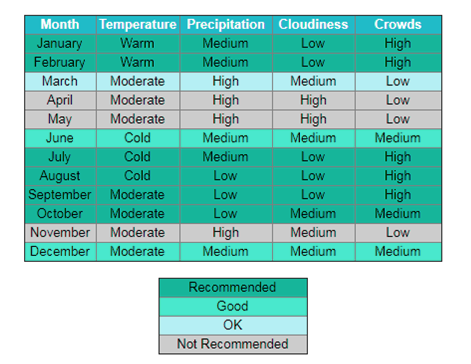
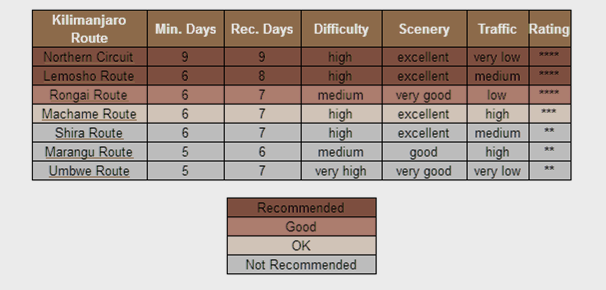
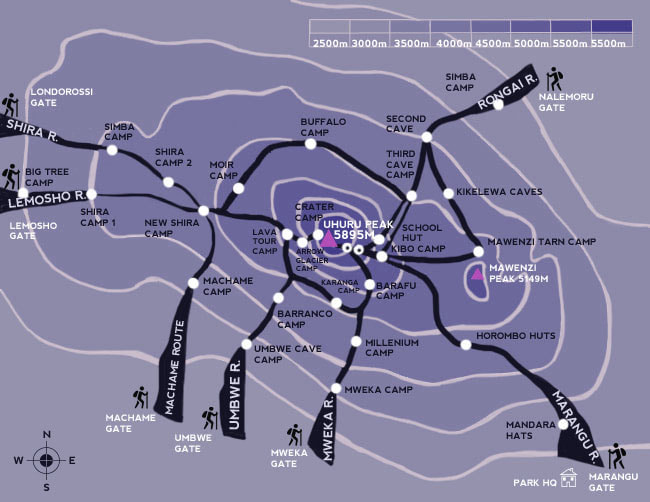

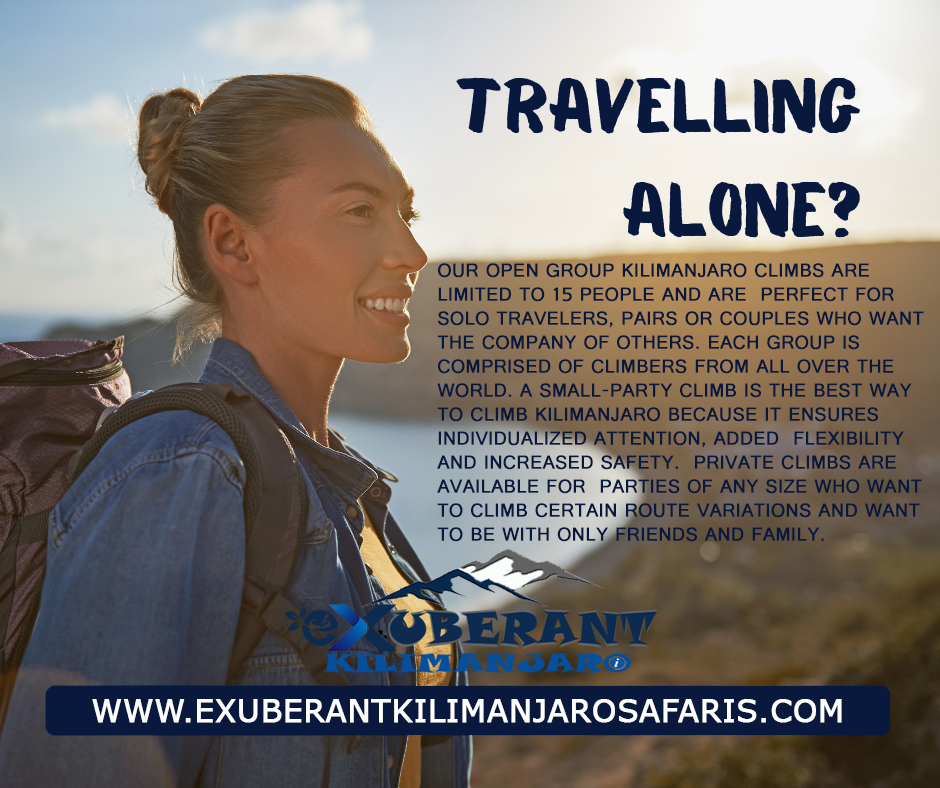
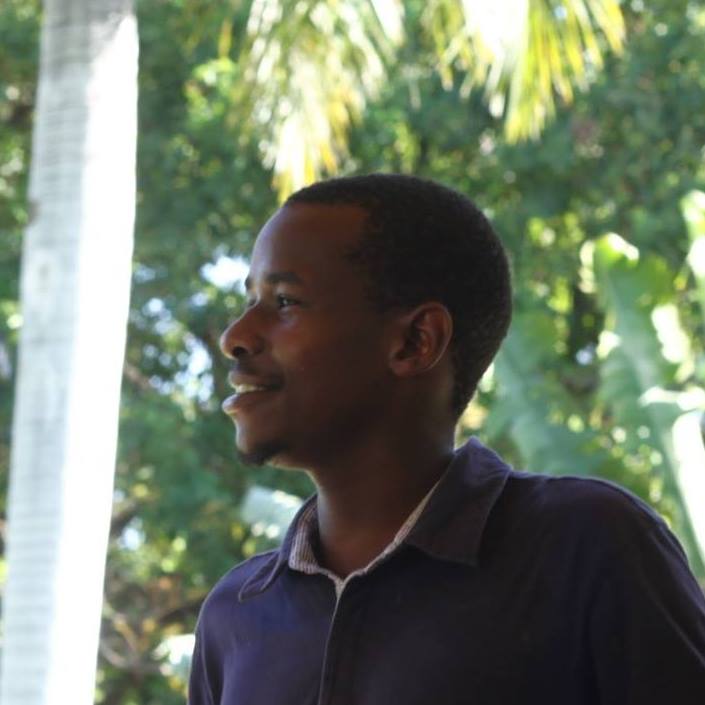
 RSS Feed
RSS Feed
